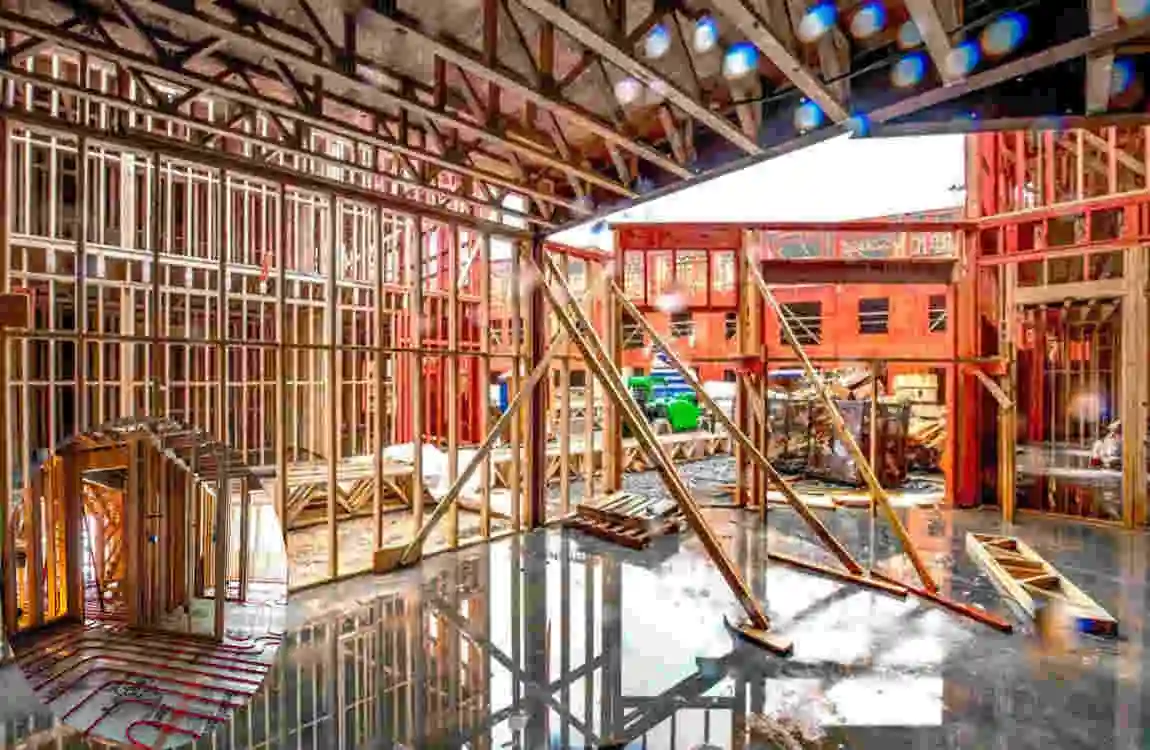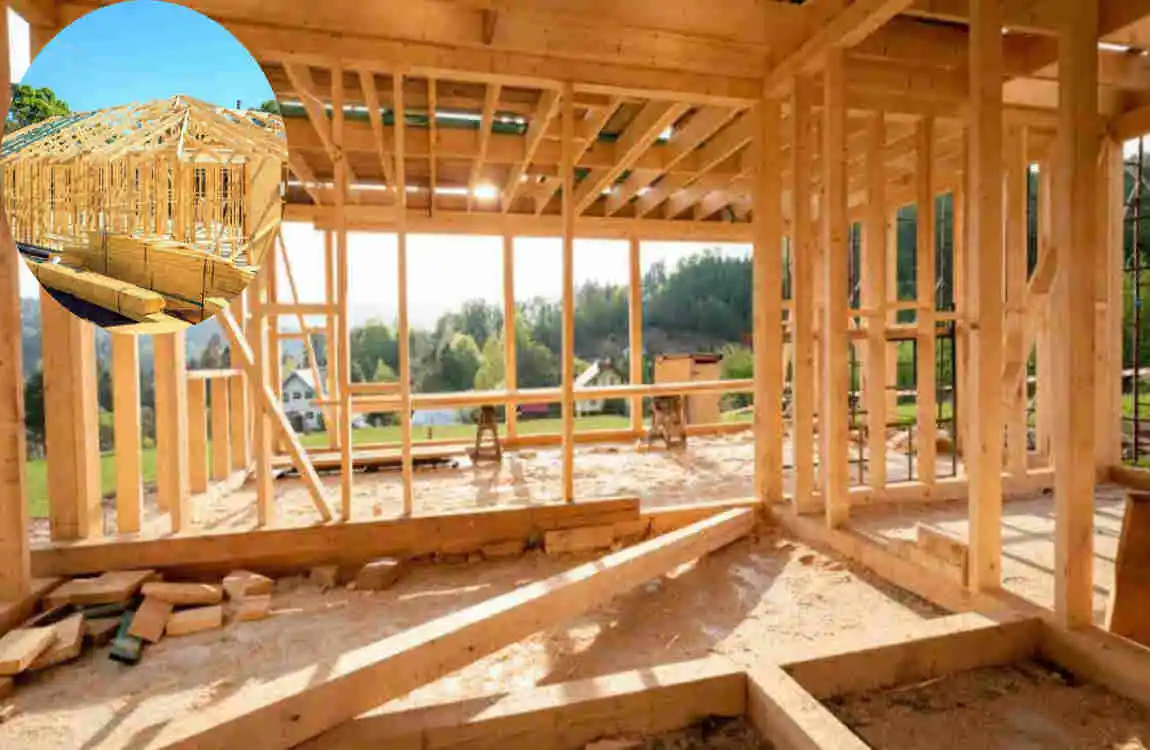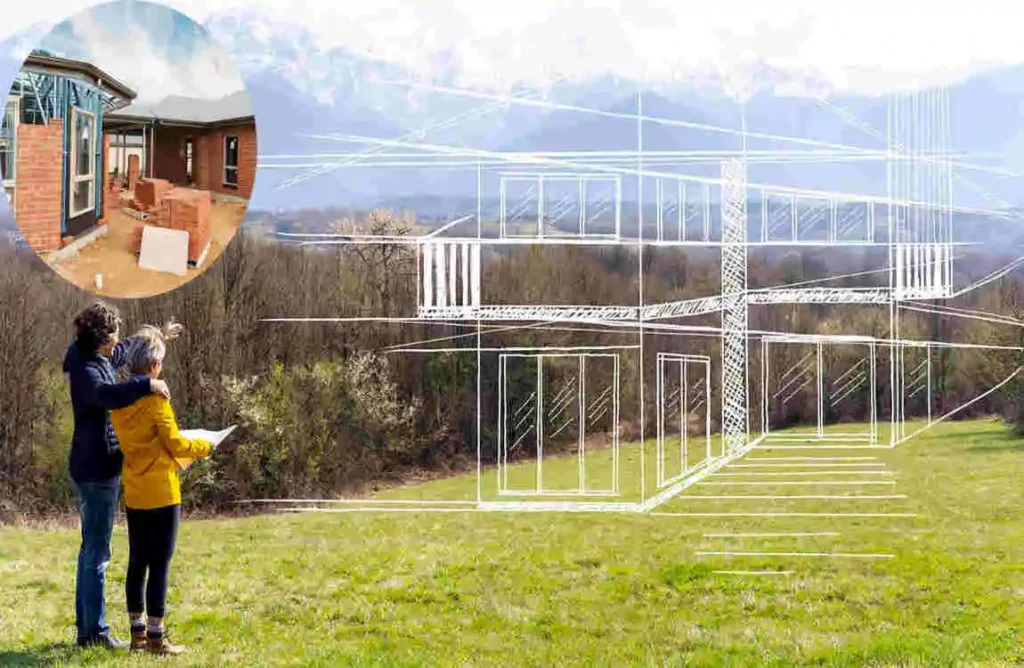Unlocking the secrets to efficient house framing reveals the art and science behind building strong, durable, and energy-smart homes. By mastering advanced framing techniques that reduce lumber use, minimize waste, and maximize insulation, builders can create more sustainable and cost-effective structures. This guide dives deep into the essential tips and innovative practices that transform ordinary framing into an efficient construction powerhouse, saving material, labor, and energy while maintaining structural integrity. Step inside to discover how smarter framing brings homes to life with greater efficiency and environmental responsibility.
Understanding the Importance of Efficient House Framing

Efficient house framing plays a pivotal role in the construction process. It lays the groundwork for structural integrity and overall durability. When executed correctly, it ensures that your home can withstand various environmental stresses.
Moreover, efficiency in framing translates to significant time savings during the build. With streamlined processes, builders can move swiftly through subsequent phases of construction. This not only accelerates project timelines but also keeps labor costs under control.
Another vital aspect is energy efficiency. Well-framed homes often have better insulation properties, leading to reduced heating and cooling costs over time. The benefits extend beyond just immediate savings; they contribute to long-term sustainability.
In an era where resource conservation matters more than ever, efficient house framing stands out as a key player in building practices that prioritize both performance and responsibility toward our environment.
The Basics of House Framing: Materials and Techniques
House framing is the backbone of any structure. It provides support and shape, ensuring your home stands the test of time.
Wood remains a popular choice for framing due to its strength and availability. Typically, 2×4 or 2×6 lumber is used in residential construction. It’s lightweight yet strong enough to bear loads effectively.
Steel has gained traction as a modern alternative. Steel frames are resistant to termites and warping, making them ideal for specific climates.
You may also read (exploring the world of rich house designs).
Framing techniques vary based on design goals and local building codes. The traditional platform method involves constructing one floor at a time, which simplifies the process while allowing easy access.
In contrast, advanced methods like structural insulated panels (SIPs) offer enhanced energy efficiency with less labor involved. These panels combine insulation with structural integrity in one unit.
Choosing materials wisely will set the tone for your project’s durability and sustainability from day one.
Common Mistakes to Avoid in House Framing

House framing can be a complex process, and mistakes are often costly. One standard error is neglecting to plan for proper load distribution. Overlooking this can lead to structural issues down the line.
Another frequent mistake involves using inadequate materials. Always choose lumber that meets or exceeds local building codes to ensure durability and safety.
Many builders also underestimate the importance of accurate measurements. A slight miscalculation can throw off an entire project, leading to delays and extra expenses.
Poor communication among team members can derail progress quickly. Establish clear lines of communication before you begin framing to keep everyone on track and informed throughout the process.
Advanced Techniques for Optimizing Efficiency
Advanced techniques can significantly enhance the efficiency of house framing. One such technique is modular framing. This approach allows builders to prefabricate sections off-site before transporting them for assembly. It reduces on-site labor and minimizes waste.
Another strategy involves using engineered lumber products, like LVL or Glulam beams. These materials provide strength while being lighter than traditional wood options, making installation easier and faster.
Incorporating advanced software for design simulations also plays a crucial role in optimizing efficiency. Builders can visualize potential issues early on, reducing costly adjustments during construction.
Benefits of Efficient House Framing: Cost, Time, and Energy Savings
Efficient house framing offers numerous advantages that go beyond aesthetics. One of the most significant benefits is cost savings. Streamlined processes and optimal material usage reduce overall expenses, allowing builders to allocate funds more effectively.
Time efficiency is another crucial factor. When a frame is constructed correctly from the start, fewer delays occur down the line. This means quicker project completion, minimizing labor costs, and enabling homeowners to move in sooner.
Energy savings also play a pivotal role in efficient framing. Proper insulation methods integrated into the framework can lead to lower utility bills over time. A well-framed home ensures better temperature control, promoting comfort while reducing reliance on heating and cooling systems.
Incorporating sustainable materials not only enhances durability but also supports eco-friendly practices, benefiting both your wallet and the environment long-term.
Tools and Resources for Learning About Efficient House Framing
Exploring efficient house framing starts with the right tools and resources. Books are a fantastic foundation. Titles focusing on carpentry or homebuilding can provide insights into techniques that enhance efficiency.
Online courses have gained popularity, offering visual demonstrations of various methods. Websites like Coursera or Udemy host classes taught by industry professionals, making learning accessible from anywhere.
YouTube is another valuable resource for hands-on learners. Many skilled contractors share their experiences and tips through engaging video content, providing real-world applications of framing concepts.
Networking with local builders and joining community workshops can also deepen your understanding. Engaging with experienced tradespeople allows you to ask questions directly and gain practical advice tailored to your needs.
Forums dedicated to construction topics enable discussions that can lead to innovative solutions while keeping you updated on the latest advancements in housing techniques.
You may also read (what makes a great small bloxburg house layout).
